A Step-by-Step Guide to Walking Stick Sizing

Taking the time to measure accurately ensures that the walking stick becomes an effective walking aid, rather than a source of further discomfort o...
Read moreA Complete Guide to Shooting Sticks
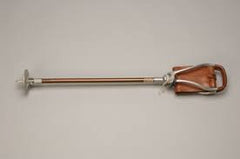
Originally designed for hunters, shooting sticks now serve a much broader audience, including hikers and photographers. A shooting stick is an esse...
Read moreThe Ultimate Guide to Walking Sticks for Hiking

Whether you are a seasoned hiker or a beginner, a good walking stick can transform your hiking experience. Walking sticks have long been a trusted ...
Read moreA Step-by-Step Guide to Walking Stick Sizing
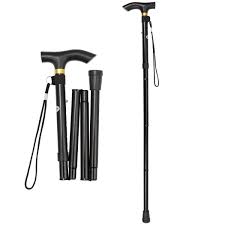
Taking the time to measure accurately ensures that the walking stick becomes an effective walking aid, rather than a source of further discomfort o...
Read moreA Complete Guide to Walking Sticks for Weddings

The perfect walking stick should not only match the theme of the wedding, but also be functional enough to carry comfortably. A wedding is a specia...
Read moreEverything You Need to Know About Children’s Walking Sticks
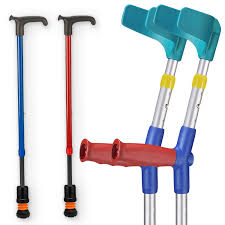
With the wide range of options available, parents and caregivers can find walking sticks tailored to their child’s needs. A child’s mobility is ess...
Read moreEverything You Need to Know About Self-Defence Walking Sticks
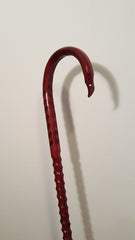
A self-defence walking stick is a unique combination of a mobility aid and a self-protection tool. Though the primary function remains mobility ass...
Read moreHow Your Walking Stick Can Be a Fashion Statement
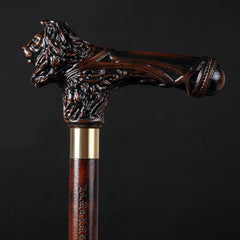
The question is not whether a walking stick can be fashionable, but how fashion plays into the selection of these canes in modern times. Walking st...
Read moreEverything You Need to Know About Wooden Walking Sticks
Wooden walking sticks are more than just simple aids for walking. The utility of wooden walking sticks extends beyond physical support, as they bec...
Read moreThe Best Walking Sticks for Young Adults
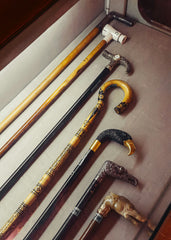
The uses of walking sticks extend way beyond traditional mobility support. In recent years, walking sticks have gained popularity among young adult...
Read moreWalking Stick Maintenance Tips

Walking sticks serve as indispensable mobility aids, offering support and stability for daily activities, be it indoors or outdoors. To make sure t...
Read moreA Guide to Choosing the Best Walking Cane Design
The right cane should not only provide the necessary walking support, but also offer the desired level of comfort and convenience. Walking canes ar...
Read more- 1
- 2




